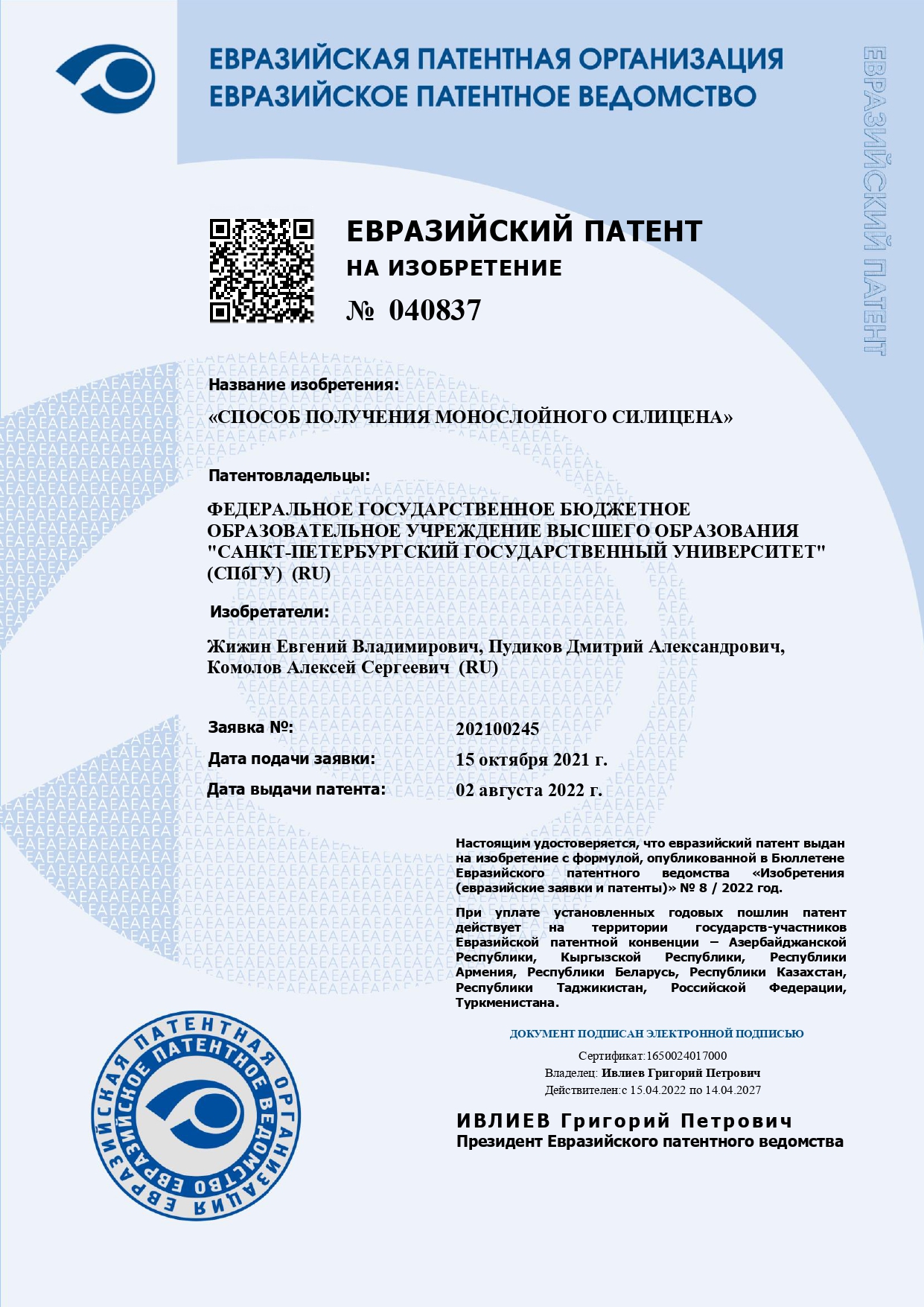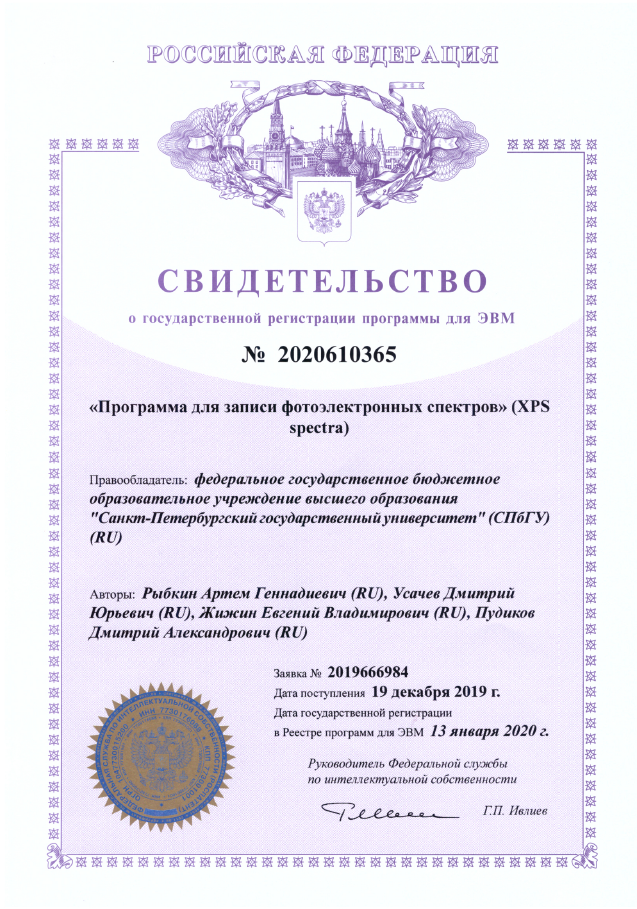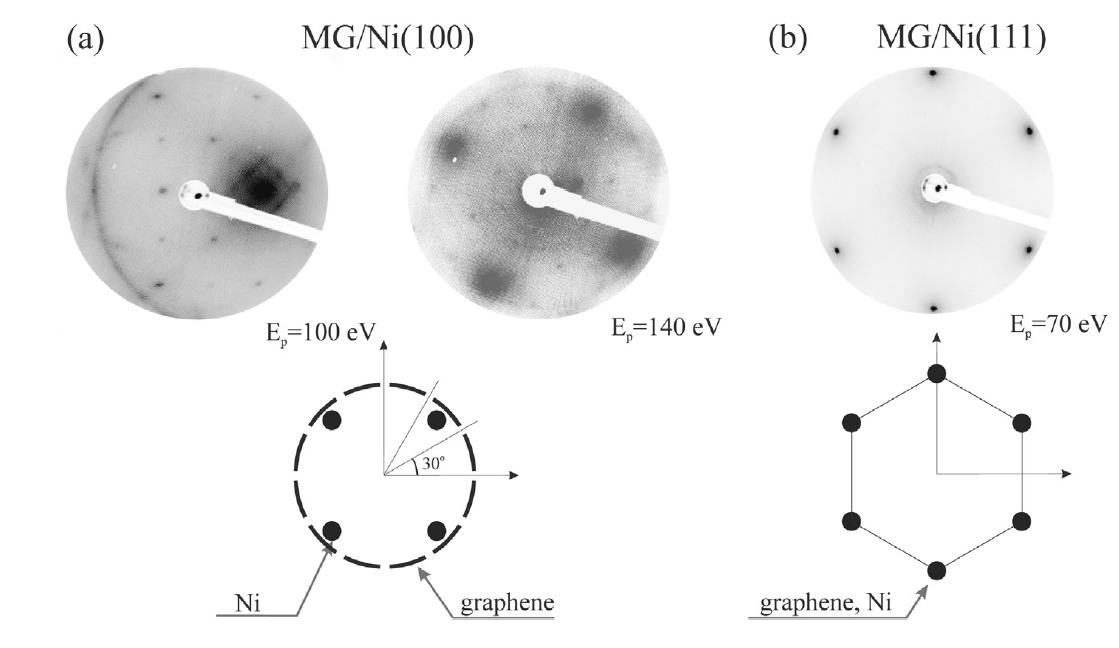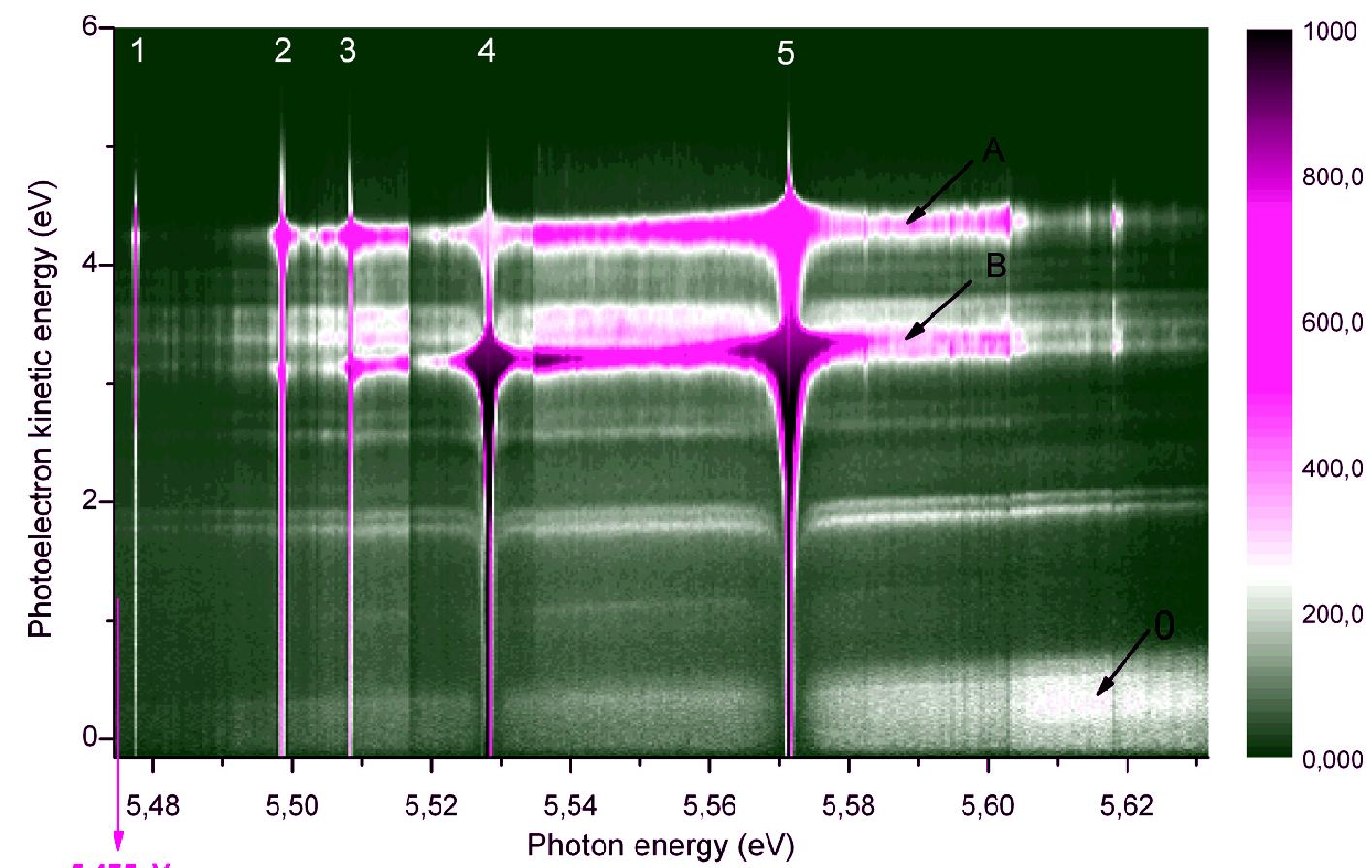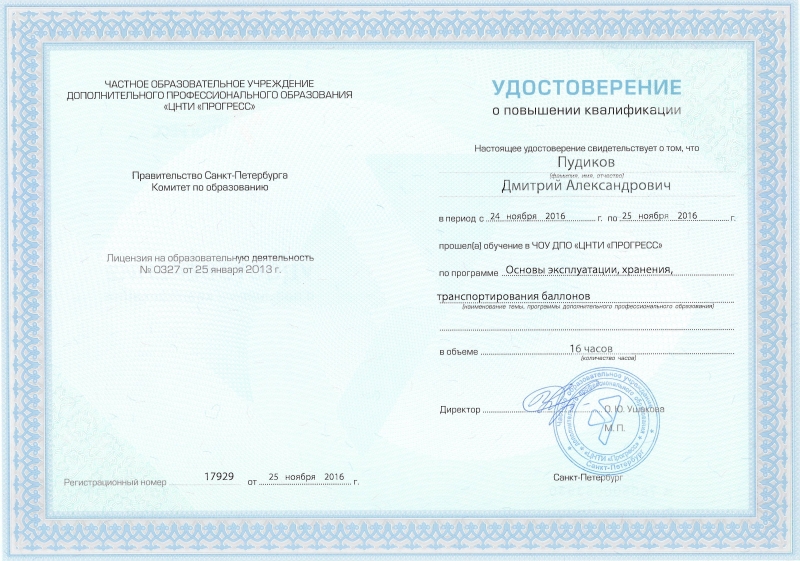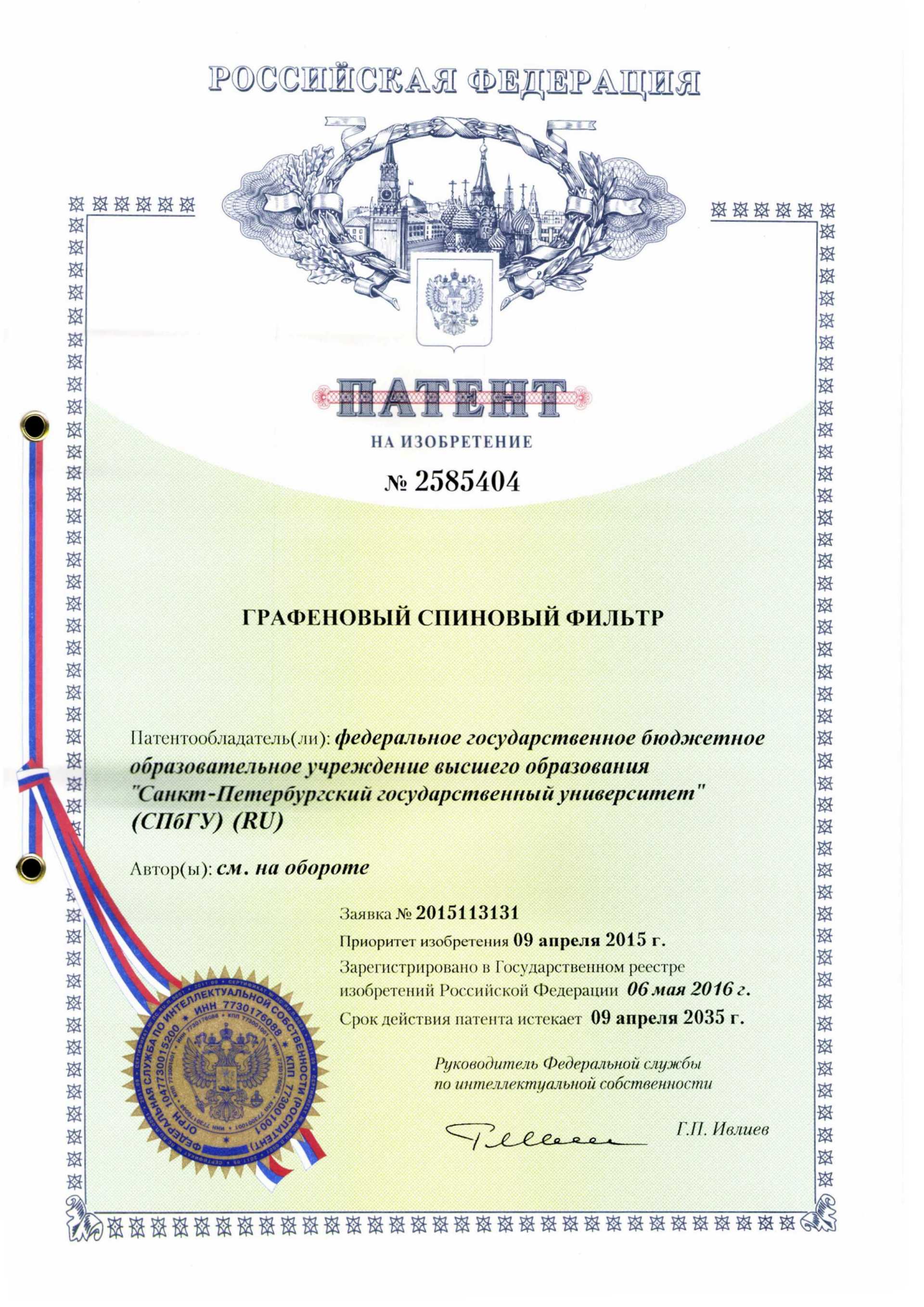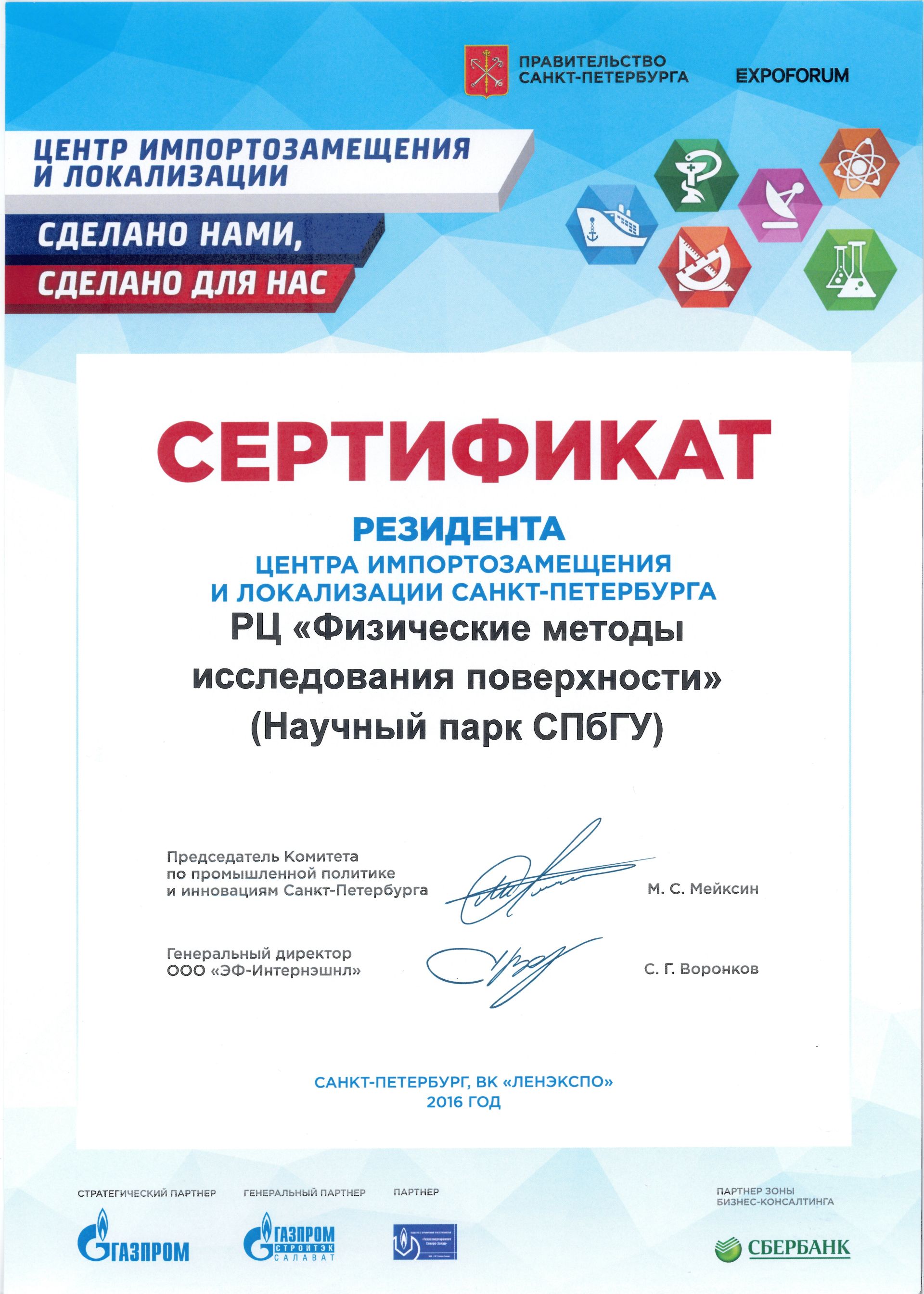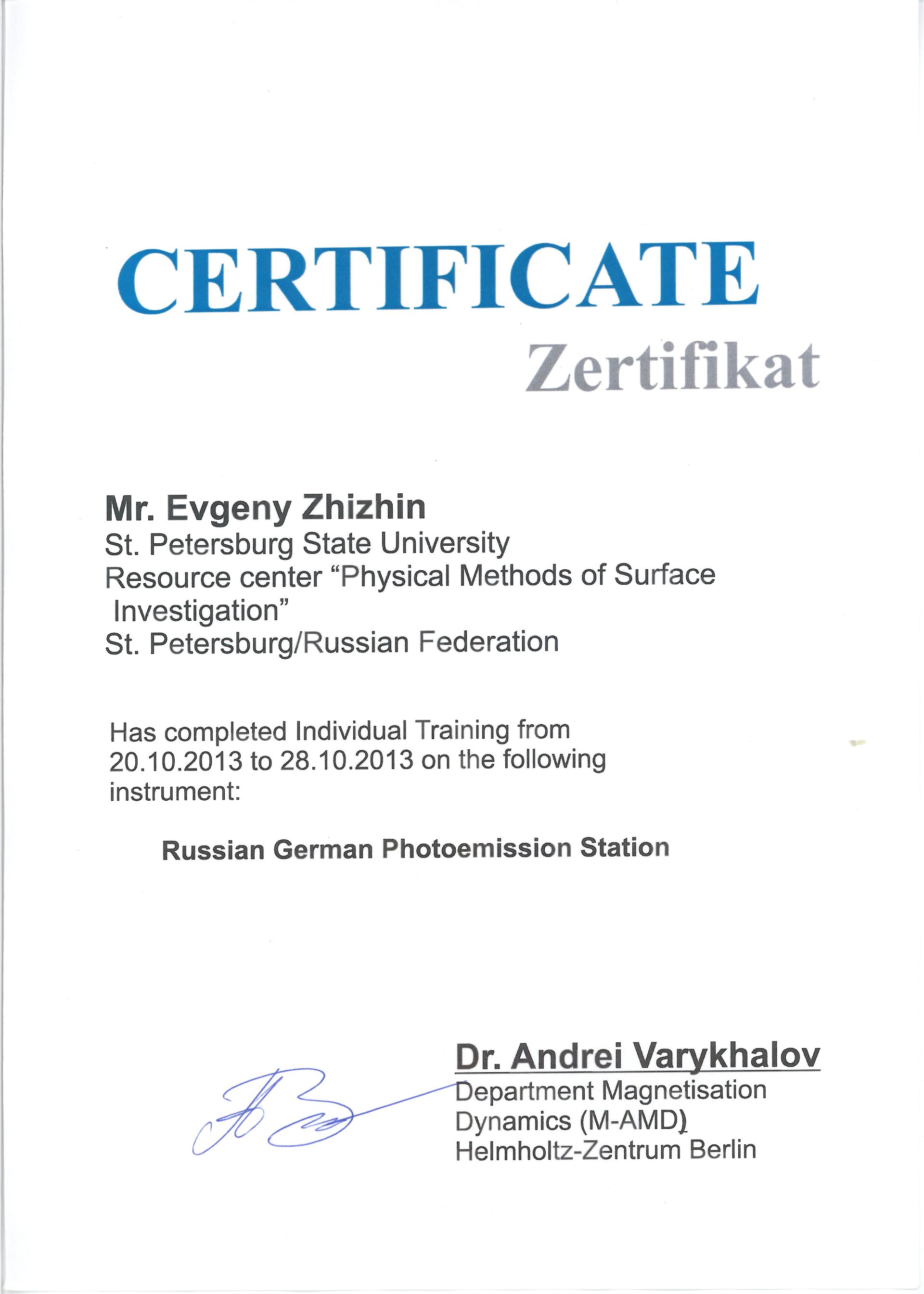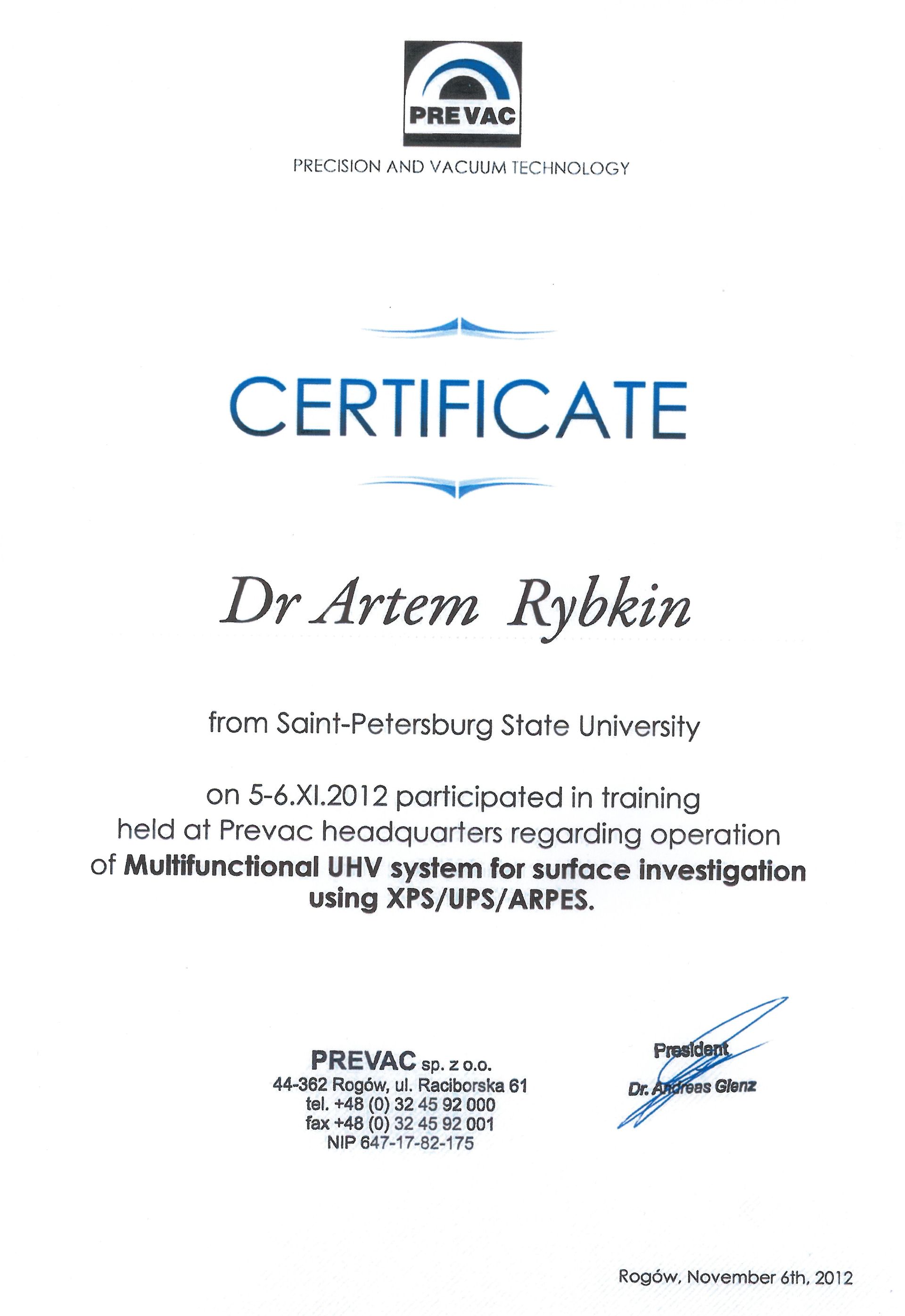Vacuum magnetron sputtering station "Kepler 450"
The unit is designed for spraying single-layer and multi-layer coatings by magnetron sputtering. Argon is used as a sputter gas.

The magnetron sputtering station Kepler 450 has the following advantages:
• The maximum possible number of loaded substrates in one spraying cycle - 4.
• The ability to spray multilayer coatings from two or three different materials in one working cycle has been implemented.
• The magnetron sputtering process can be carried out both in constant current mode and in radio frequency (RF) mode.
• One magnetron operates in DC mode only, while the other two magnetrons operate in two modes: DC mode and RF mode.
• The supply of up to two reactive gases at the same time has been implemented.
• The system deposition implements the possibility of ion etching of samples using a KLAN-103M ion source.
• The possibility of heating the substrates has been implemented.
• It is possible to use targets of two different diameters using appropriate magnetic systems, which allows slow deposition of thin films (from 1 nm) on a small system, or deposition of thicker films (up to tens of microns) on the main system at a high speed.
• The thickness of the sprayed coating is measured using quartz sensors installed inside the chamber.
Target parameters
• Large target - target diameter from 87 mm to 91 mm, target thickness from 0.5 mm to 8 mm;
• Small target - target diameter from 50 mm to 52 mm, target thickness from 0.5 mm to 4 mm.
Year of issue: 2019

 English (UK)
English (UK)  Русский (РФ)
Русский (РФ) 